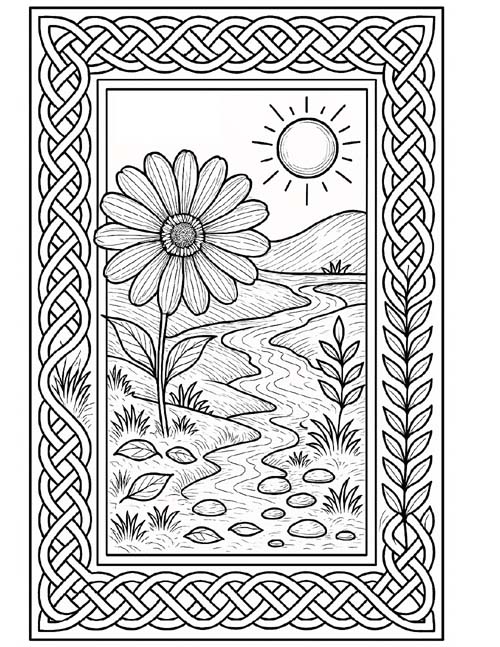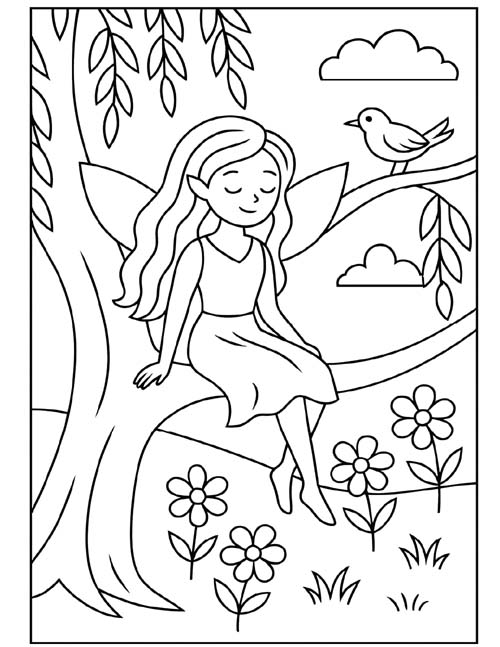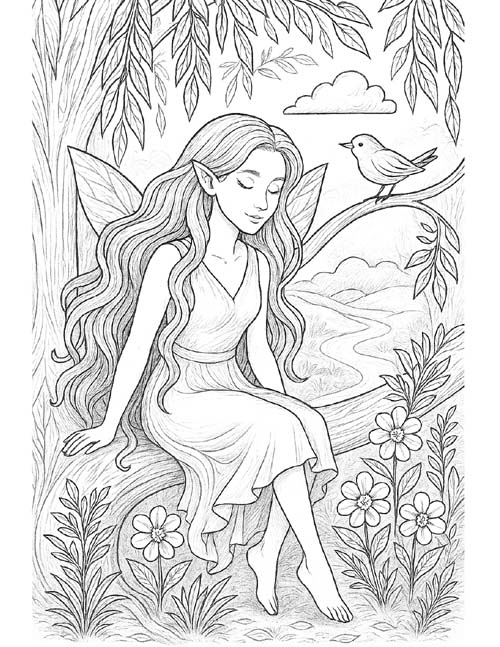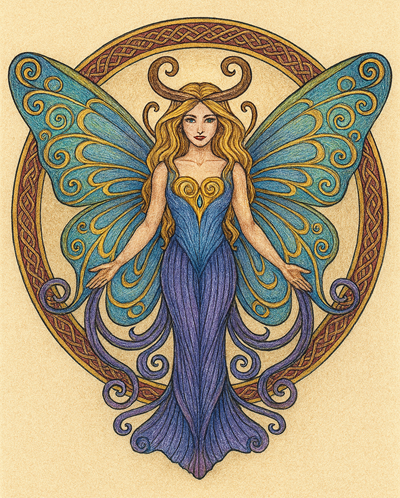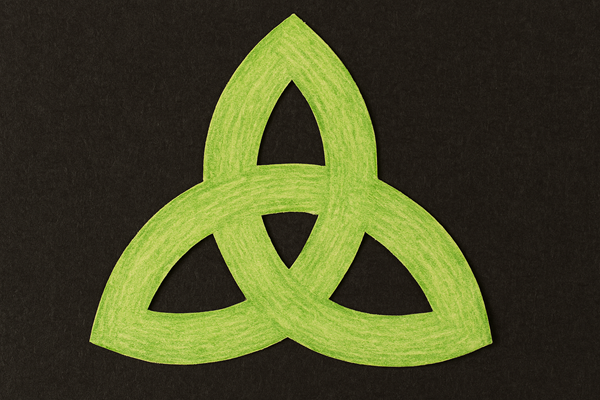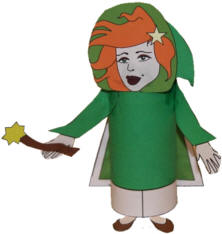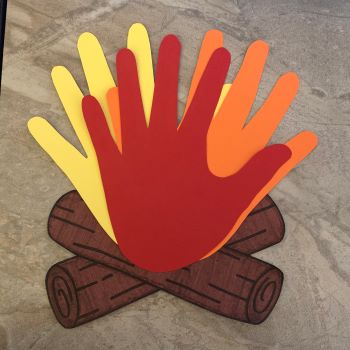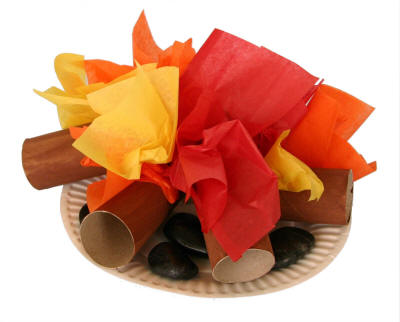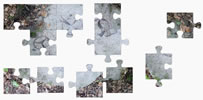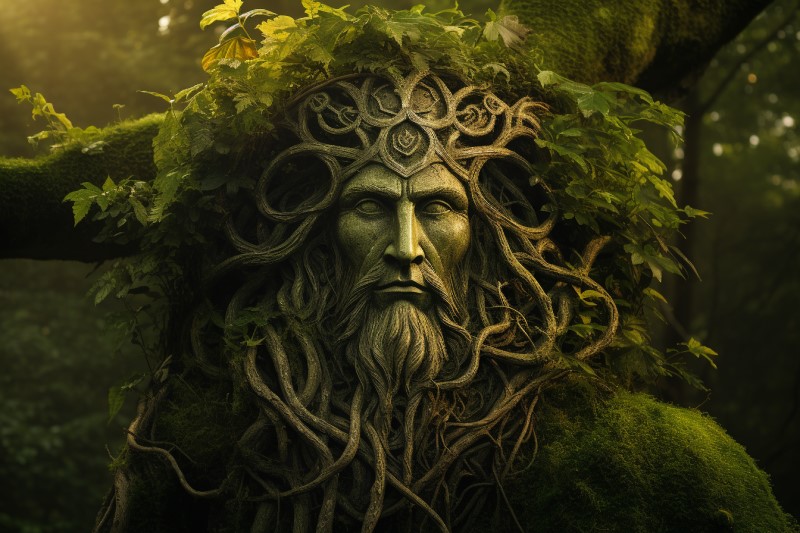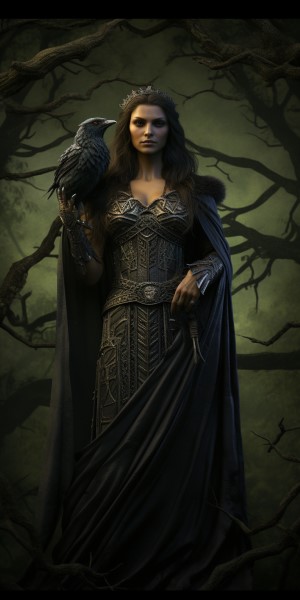DLTK's Countries and Cultures Crafts for Kids
Celtic Activities for Kids
The Celtic culture is an "ancient" culture like the Viking, Greek or Egyptian cultures (which you are likely more familiar with). All of these ancient cultures had "myths" or stories which helped the people of the time understand the world around them.
Celtic Coloring Pages:
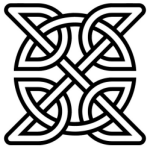
Celtic Art
Information about Celtic art.

Celtic Creatures
(Brownies, Cat Sidhe, the Green Man, etc)

Ireland (Folklore) Coloring Pages
(Faeries, selkies, banshees, etc)
Celtic Stories:
Celtic Crafts:

Grandpa Gray (Grey) Color Buddy Paper Craft
Celtic religion (like many early religions) was nature based. Many trees were considered sacred.
Celtic astrology is based on trees, so instead of being Libra, Scorpio, or Virgo, the Celts were Ash, Rowan, or Oak.
More Tree crafts and activities >
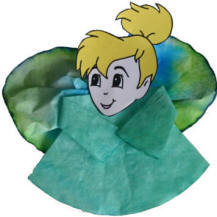
Sidhe (Fairy) Coffee Filter Craft
Sidhe was the Celtic word for fairy. In Celtic lore, they lived in mounds underground with each mound ruled by its own King or Queen.
They weren't “good” or “bad” but a different race of people from humans, with their own wars, bad habits, and heroic moments.
In Celtic and Druid traditions, bonfires were central to seasonal celebrations, especially at festivals like Beltane and Samhain. The flames were believed to carry prayers to the gods and to strengthen the land and livestock, marking the rhythm of the natural and spiritual cycles.
Celtic Animals

Butterfly Crafts
The Celtic myth about Étaín features a butterfly.

Cat Crafts
The Celtic myth about Cat Sidhe features a black cat.
Black cats are also featured in the Celtic folktale “The King of the Cats.”
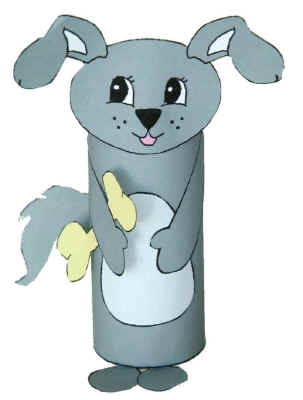
Dog Crafts
Many Celtic myths feature hounds -- likely inspired by Greyhounds and Irish Wolfhounds.
The hounds of the Wild Hunt are perhaps the most famous.

Dragons
These mythical creatures appear in fairy tales and folklore all over the world — including Celtic Ireland.
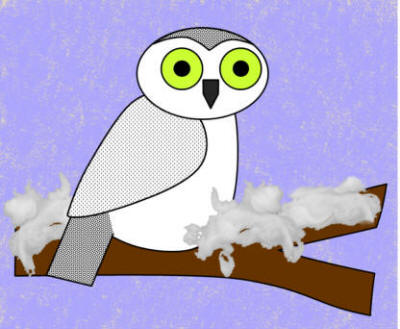
Owl on a Branch Paper Craft
The Celtic myth about Blodeuwedd features an owl.
More Owl crafts and activities >
More Celtic Activities
About the Celts
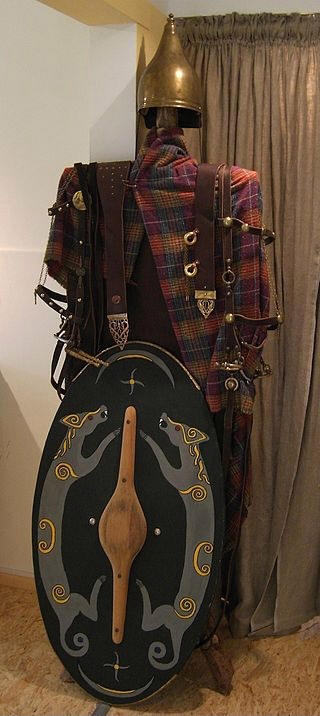 When I think of the Celtic culture, the first thing that pops into my head is the "mythology of the British Isles" -- mainly Scotland, Ireland and Wales -- though at times the Celts lived
across the mainland of Europe. While there are general themes and similarities, the culture was quite different from town to town -- almost "tribal". If you think about it, this
makes sense because the ways people had to travel and communicate were limited during the time when the Celtic culture first existed.
When I think of the Celtic culture, the first thing that pops into my head is the "mythology of the British Isles" -- mainly Scotland, Ireland and Wales -- though at times the Celts lived
across the mainland of Europe. While there are general themes and similarities, the culture was quite different from town to town -- almost "tribal". If you think about it, this
makes sense because the ways people had to travel and communicate were limited during the time when the Celtic culture first existed.
Over time the Celtic culture was influenced by other ones. At first (from about 1500 BC to when the Romans arrived in 50 AD), it was very unique and nature based. When the Romans came, they brought their mythology (which mingled with the Celtic myths), the mythology of other cultures (like the Persians) and then eventually Christianity.
The spread of the Roman Empire caused a lot of different people's ideas to mash together like a smoothie in a blender. That sometimes makes it hard for archaeologists to pick out the original Celtic beliefs. Even grown-ups don't always know everything -- learning about an ancient culture is like trying to complete a jigsaw puzzle with half the pieces missing!
Over time, as archaeologists discovered information we formed a "modern" view of the Celtic culture and mythology. In reality, if you travelled between villages way back 3,000 years ago you'd likely notice differences in animals that were special in each village or the way folktales and myths were told.
I think most would agree that the original Celtic culture is gone forever -- much of it lost, even to archaeologists. However, there are many people today who are interested the culture and many children's stories draw elements from it.

